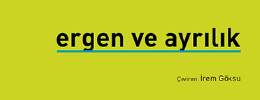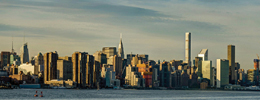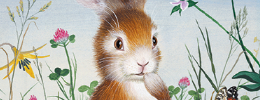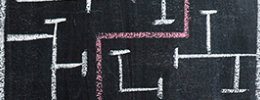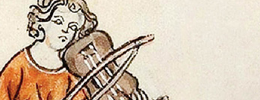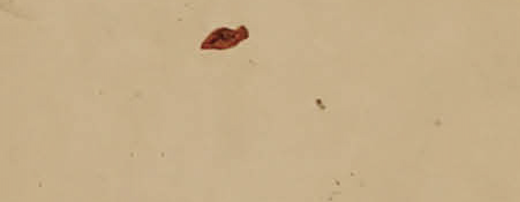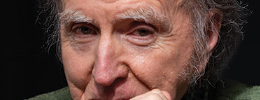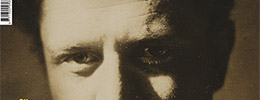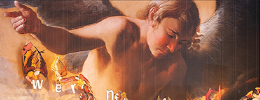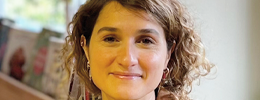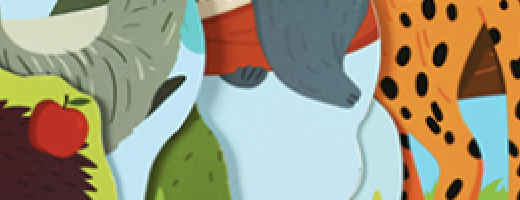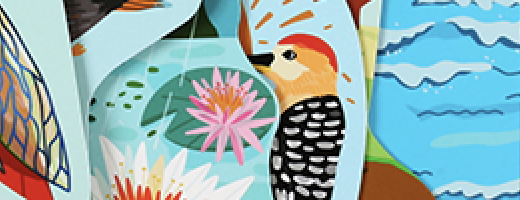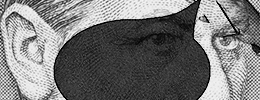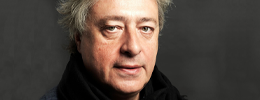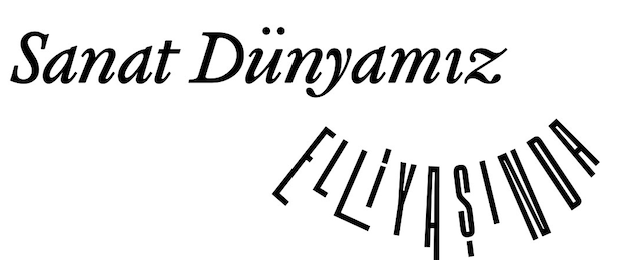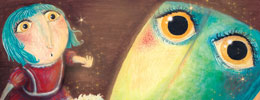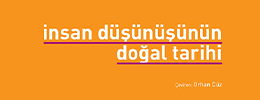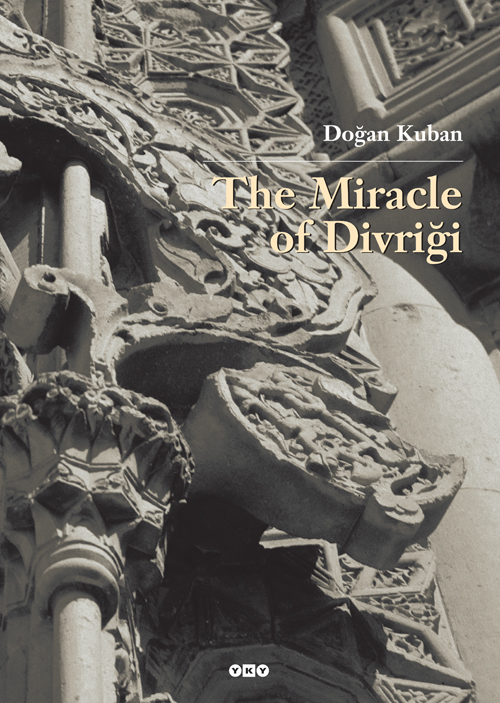
- A-Z
- KONU DİZİNİ
- Cogito
- Çizgi Roman
- Delta
- Doğan Kardeş
- Ansiklopedi
- Bilim
- Çocuk Çizgi Roman
- Deneme
- Destan
- Dünya Klasikleri
- Efsane
- Eğitim
- Etkinlik
- Gençlik
- Gezi
- Hikâye-Öykü
- İlkgençlik
- Klasik Dünya Masalları
- Masal
- Mitoloji
- Modern Dünya Klasikleri
- Okul Çağı
- Okul Öncesi
- Oyun
- Resimli Öykü
- Resimli Roman
- Resimli ve Sesli
- Roman
- Romandan Seçmeler
- Röportaj
- Seçme Denemeler
- Seçme Öyküler
- Seçme Parçalar
- Seçme Röportajlar
- Seçme Şiirler
- Seçme Yazılar
- Şiir
- Edebiyat
- Anı
- Anlatı
- Biyografi
- Deneme
- Derleme
- Eleştiri
- Gezi
- Günce
- İnceleme
- Libretto
- Mektup
- Mitoloji
- Modern Klasikler
- Otobiyografi
- Oyun
- Öykü
- Polisiye-Gerilim
- Roman
- Senaryo
- Söyleşi
- Yaşantı
- Yazılar
- Genel Kültür
- Halk Edebiyatı
- Masal
- Kâzım Taşkent Klasik Yapıtlar
- Koleksiyon Kitapları
- Lezzet Kitapları
- Özel Dizi
- Sanat
- Kare Sanat
- Sergi Kitapları
- Şiir
- Türk Şiir
- Tarih
- XXI. Yüzyıl Kitapları
- Sosyoloji - Sağlık
- TEKRAR BASIMLAR
- YENİ ÇIKANLAR
- ÇOK SATANLAR
The Miracle of Divriği
-
Kategori:
Özel Dizi -
Yazar:
Doğan Kuban -
Fotoğraflayan:
Ara Güler -
ISBN:
975-08-0290-X -
Sayfa Sayısı:
230 -
Ölçü:
24.5 x 30 cm -
YKY'de İlk Baskı Tarihi:
Ocak 2001
Divriği is a miracle. It is one of those very unique and seldom-found miracles in the world's long history of art. Commissioned in the 13th century by Turan Melek, the wifw of Ahmet Shah, beg of the Mengücek Principality, the mosque and hospital complex in Divriği (a remote corner of Anatolia) has continued for seven hundred years to present us with unparalleled architectural form and virtual symphony of ornamentation. With its lush outpouring of description and absolutely magnificent stonework, this brave work of art rears its head in opposition to all of the artistics norms of its preiod.Bequeathed to mankind by an unknown artisan of great skill, the complex in Divriği stands to this day as the region's sole and unequalled example of magnificent architecture. In The Miracle of Divriği, Doğab Kuvab provides us with a detailed account and description of the Divriği Mosque and Hospital from historical,societal, and art,stic perpectives and acquaints us with an architectural masterpiece that has been previously overlooked in world art history. This unmatched example of Anatolian art is rediscovered with new interpretations and is further enriched with original prints-drawwings based on Divriği ornamentation froms by sculptor/painter Ali Teoman Germaner and by the photographs of Ara Güler and Murat Germen.
Acknowledgments
I started my observations and studies on the ornamentation of the Divriği Mosque after 1965. In the spring of 1967, my assistants in the Faculty of Architecture and I prepared a ground plan survey for the Divriği complex and documented it with photographs. In the summer of that same year I lectured on the Divriği ornamentation as part of a Ph.D. seminar for the Department of the History of Art at the University of Michigan. The nucleus of this book goes back to those days. Afterwards, I would visit Divriği whenever I had the opportunity and with great sorrow would observe these unique ornaments as they deteriorated, an absolute torture for the architect and the intellectual. Despite all the struggles over the years to have the structure restored and converted into a museum, or to move its treasures to a museum and to organise its environs, a modern religious school and many apartment buildings have been built right next to it. The portals, which had been designed to symbolise heaven, are now at the mercy of time and air pollution. Alas, there has not been one politician endowed with the historical knowledge or the cultural will to present this structure as a gift to national history. At a small international gathering held at Divriği in 1986, as we sat there discussing the history of art against the background of these amazing masterpieces of shapes, we suffered helplessly watching them erode due to air pollution and the negligence of the locals. As much as this book is meant to explain my own judgements about Islamic and Turkish art of the Middle Ages, it is aimed at launching a campaign for rescuing the structure.
I would like to express my gratitude to Yılmaz Önge and Sadi Bayram who collected all the literature on Divriği in an anthology and published it in 1978; my special regards to Yılmaz Önge in particular for his thorough inspection of the structure as it stood then, perhaps for the first time with a preservationist architectural sense. I would also like to emphasise the contribution of the master sculptor Ali Teoman Germaner for his depiction of the Divriği ornaments. In his great passion for the Divriği ornaments he has depicted them with an independent sculptural quality and with great sensitivity. His participation quite animated me and I am honoured to have it. My special thanks to Prof. Dr. A. Yavuz for allowing me to use his drawings of the vault coverings of the Mosque and the Hospital, to Dr. Şirin Akıncı and her friends for preparing the illustrations for this book, Dr. Ayla Ödekan for her help in the preparation for publishing, Enis Batur, Çelen Birkan, and Güven Turan for their effort to publicise Divriği to a worldwide audience and preparation for the publishing of the book, the book’s editor Ahu Antmen, and to the executives of Yapı Kredi Culture and Arts Publications Inc. As to those who are heedless of the cultural significance of this structure, and who in their heedlessness fill the environment of that great structure with ugliness, I leave it to the more enlightened future generations to pass judgement on them; a judgement that is bound to be harsh.
Doğan Kuban
Istanbul 2001
